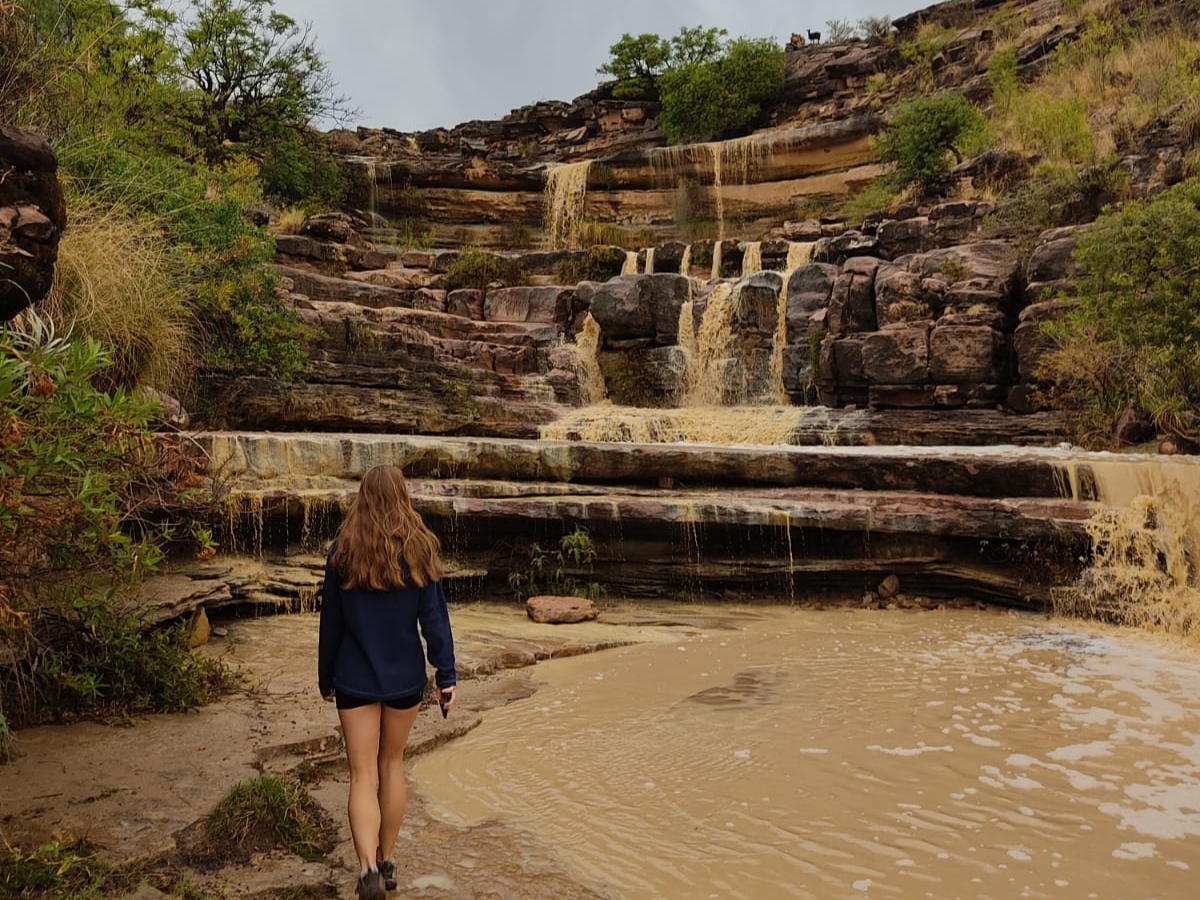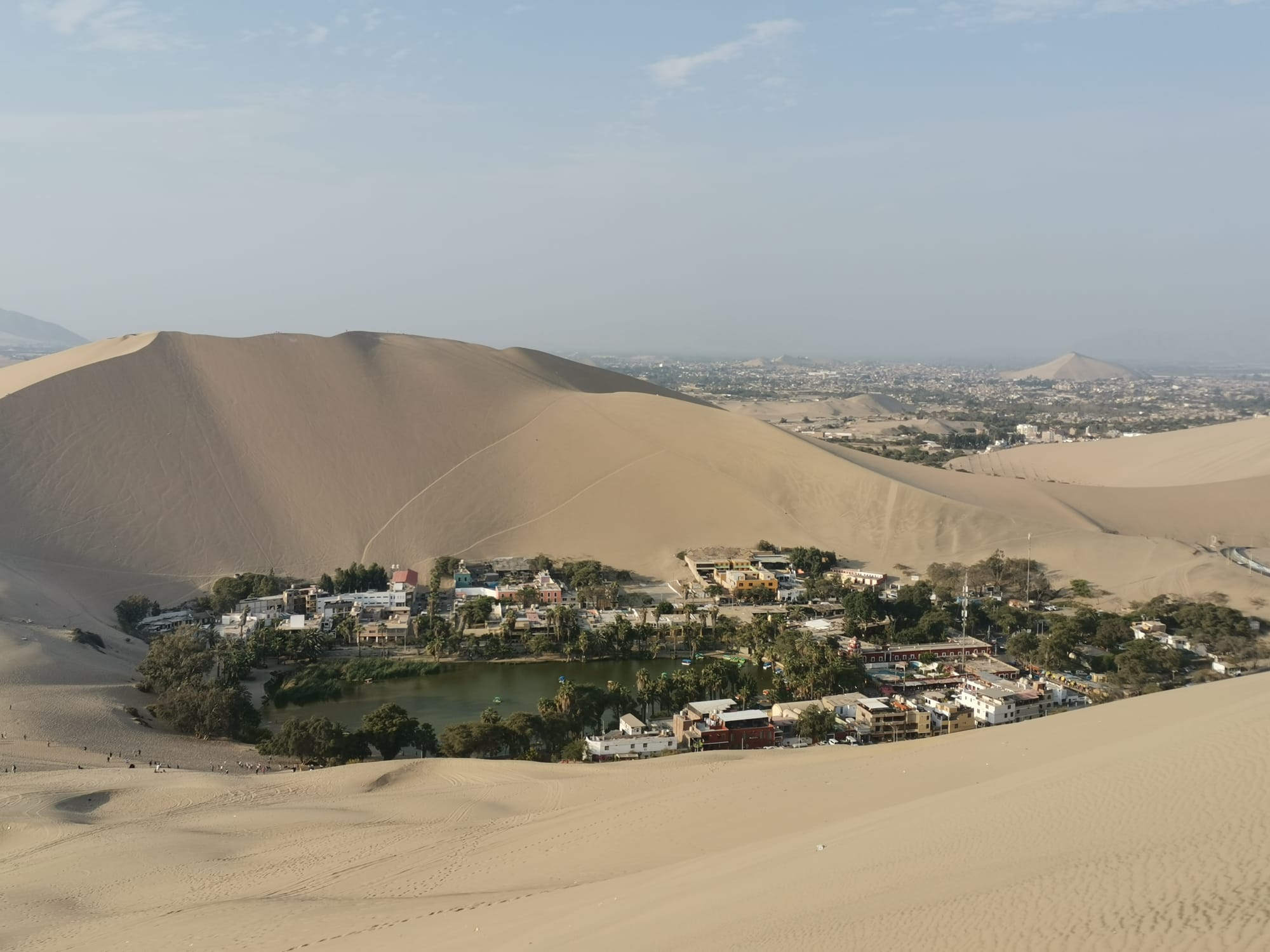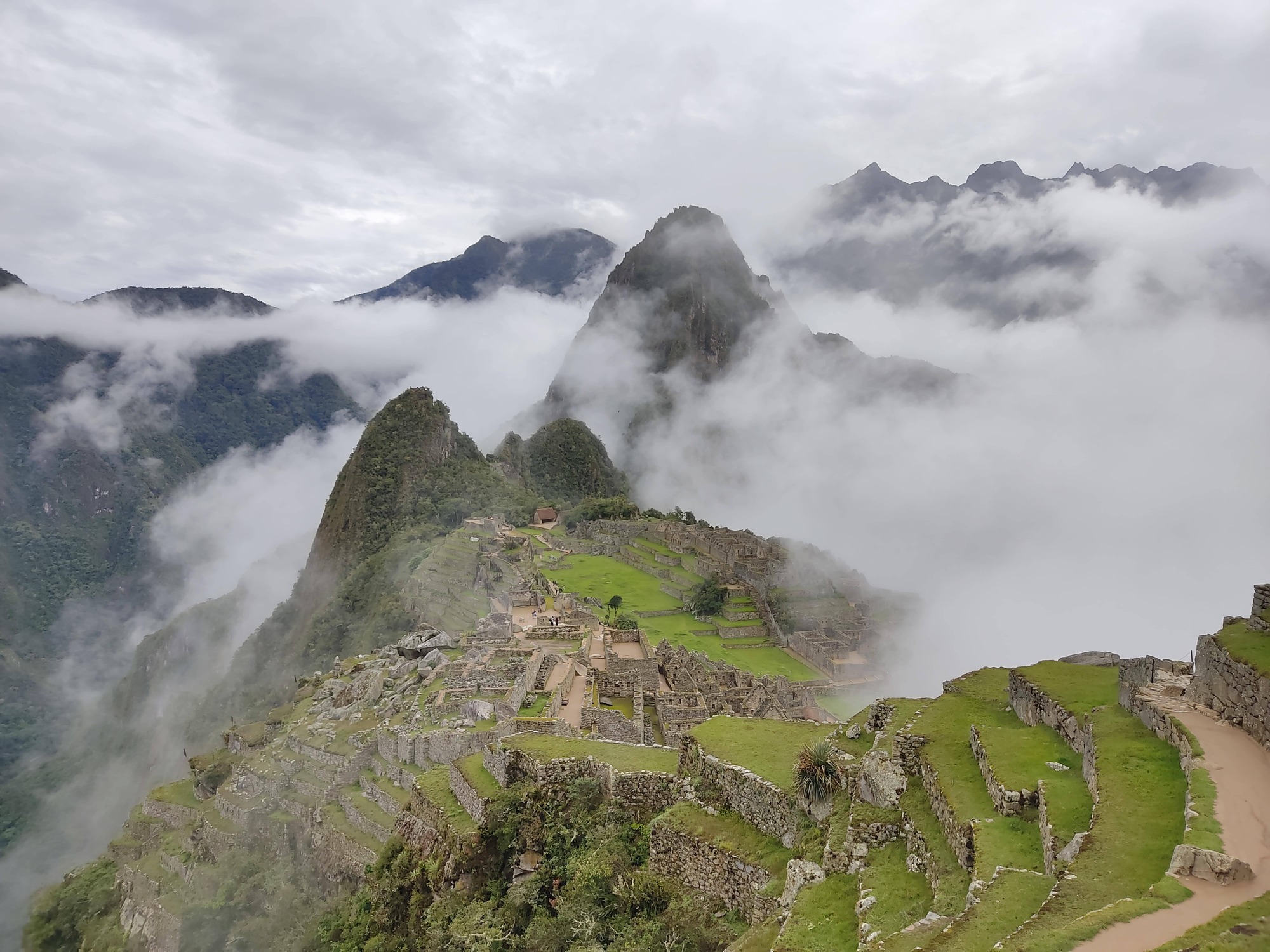Introduction
Although most travellers barely scrape the surface of Bolivia, visiting only La Paz and Uyuni, there are so many other stunning places to be discovered. Torotoro is an incredible national park right in the heart of this landlocked nation, full of steep-walled valleys, caves previously inhabited by neanderthals, and floors marked with the huge footprints of the last dinosaurs to walk the Earth. Torotoro national park feels like a time capsule, a land stuck on pause for millions of years while the rest of the planet has evolved.
Cochabamba.
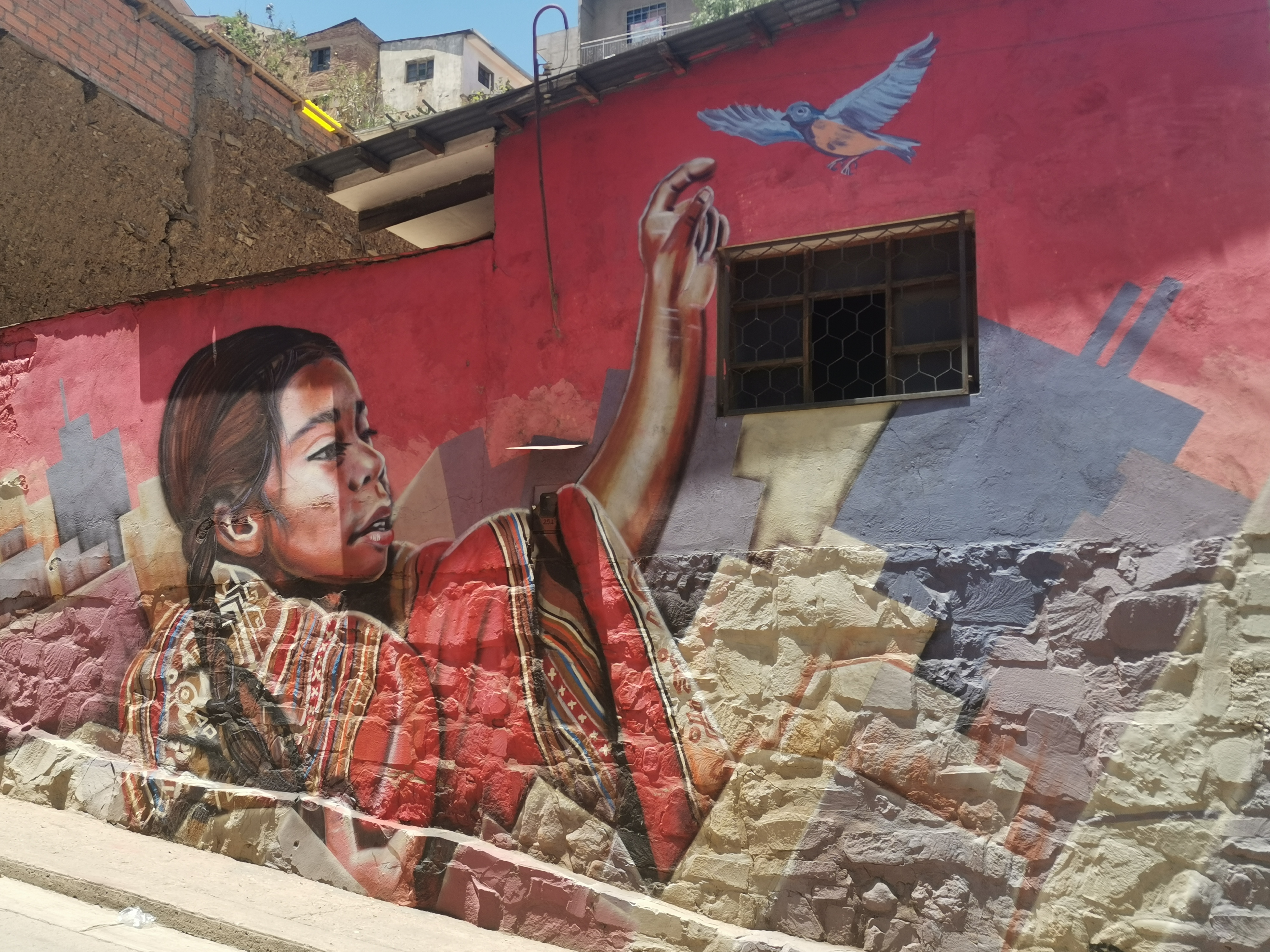
Situated halfway between La Paz and Sucre, Cochabamba is the 4th largest city in Bolivia, and also one of the poorest. As with every typical Bolivian city, Cochabamba has huge, fascinating markets
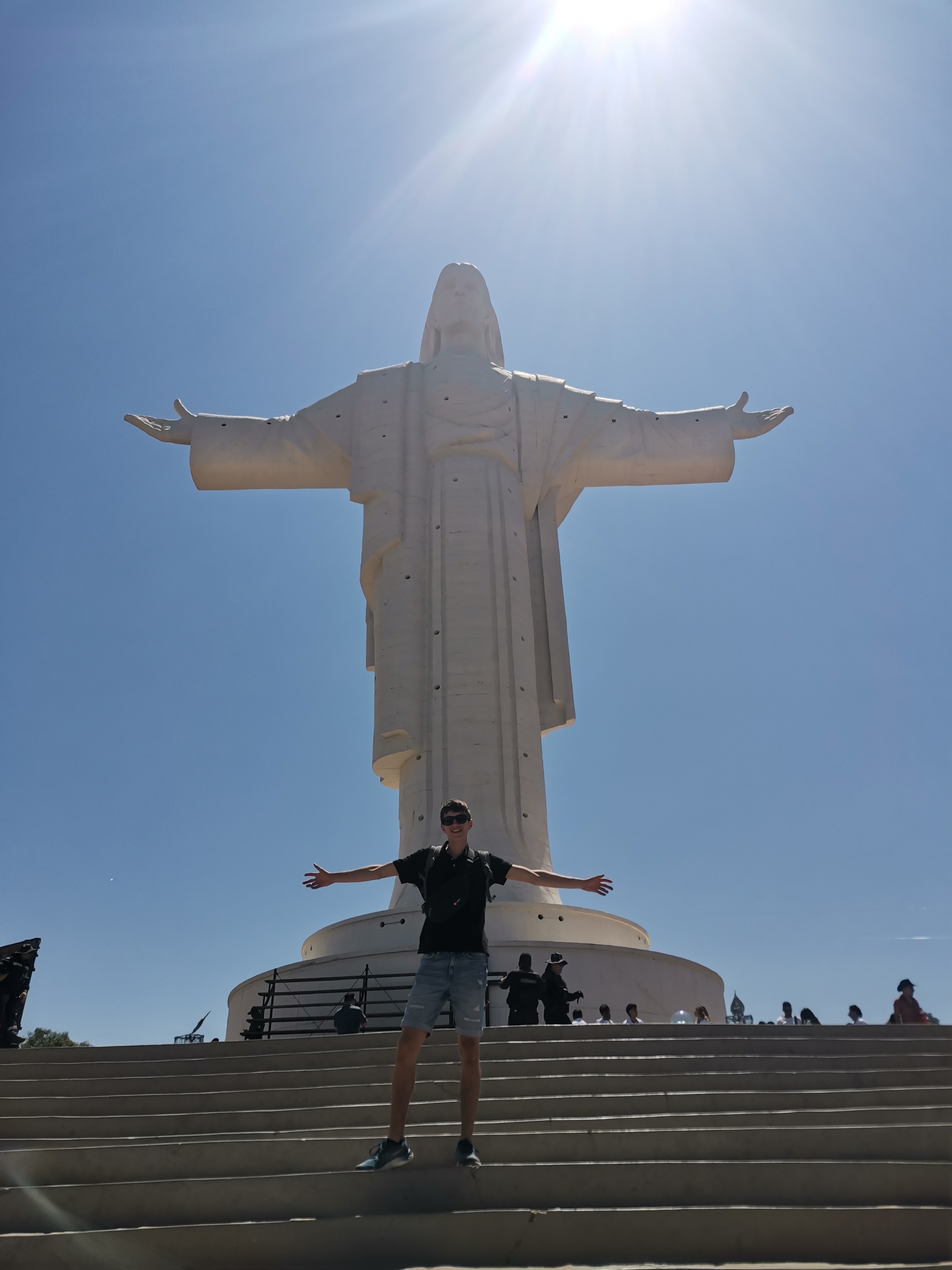
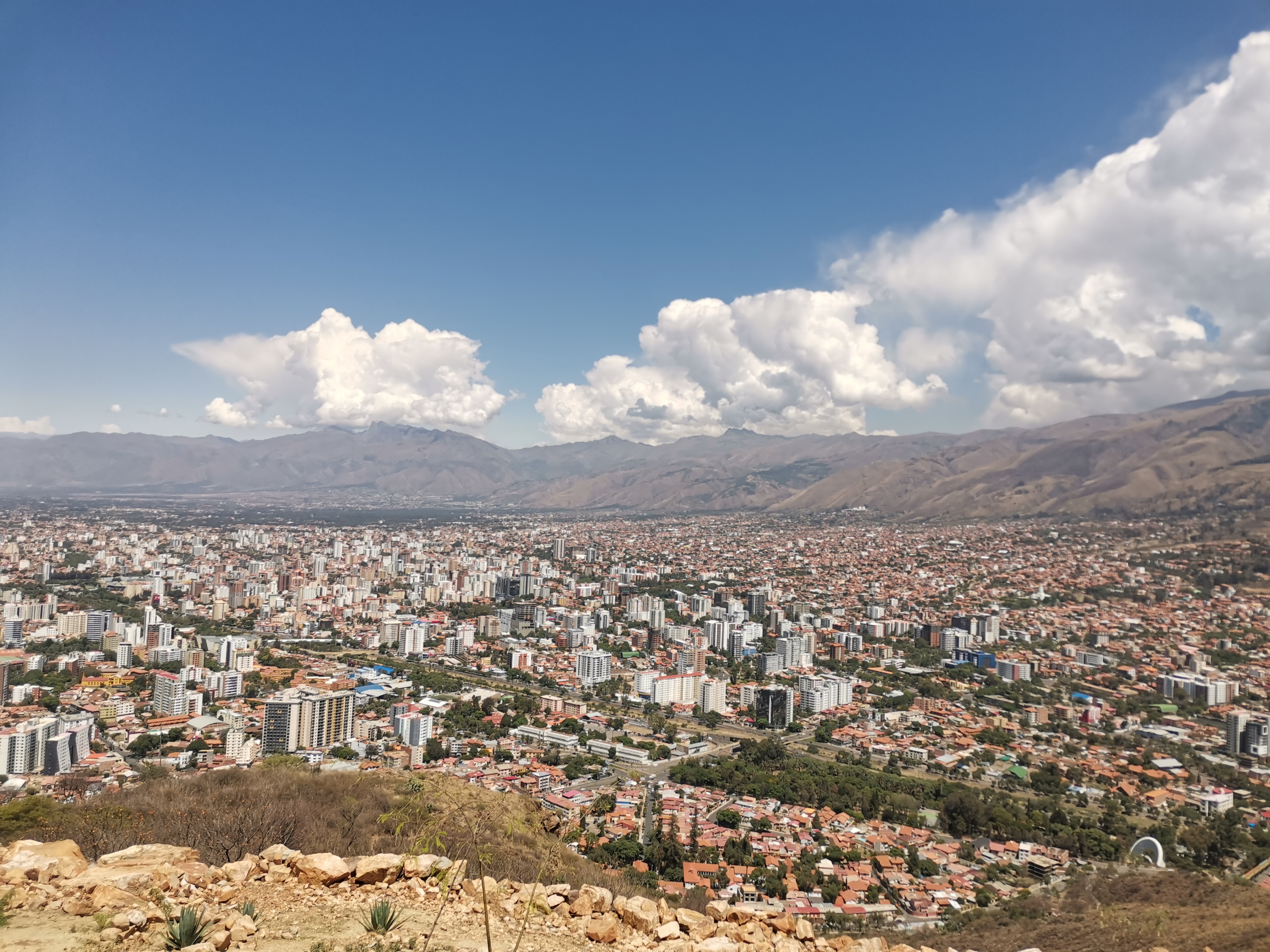
If you are travellingUnfortunately, our bus ended up breaking down every time it went up a hill, so the journey from La Paz took 12 hours in the end. At least the tickets were cheap, at £3 each, and made for a funny story afterwards (when we eventually gave up and jumped on another bus passing by). We can gladly say that these issues are very rare, and all of the other buses we took around Bolivia went smoothly. from La Paz to Sucre, you will likely be passing through Cochabamba anyway, certainly if you want to see the amazing Torotoro national park as well, and it is definitely worth stopping for a couple of days to see what the city has to offer before moving on. Unfortunately, spending a few extra days in Rurrenabaque meant that we only had one day to explore Cochabamba, but it was a pleasant city which we wish we had more time in.
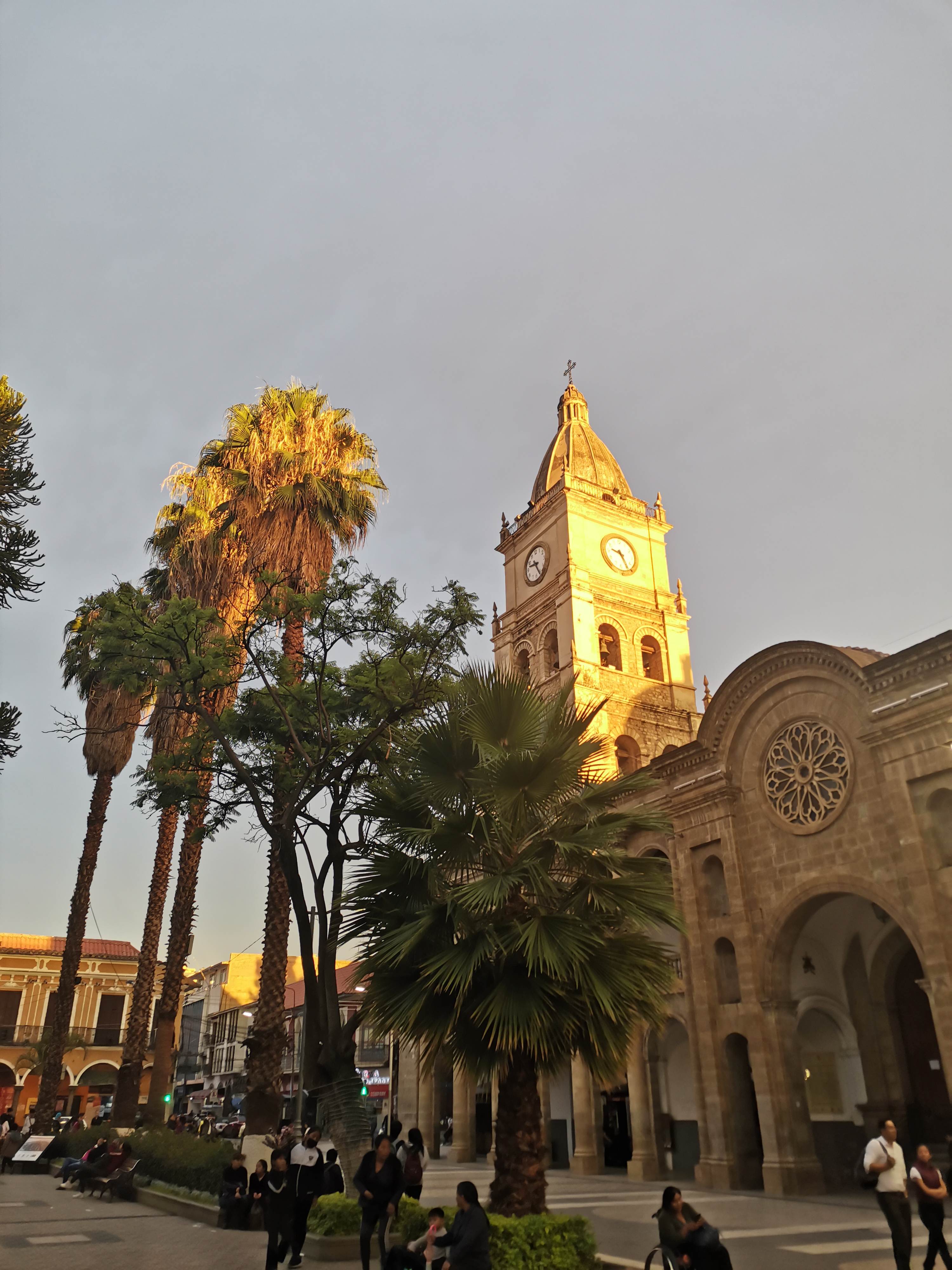

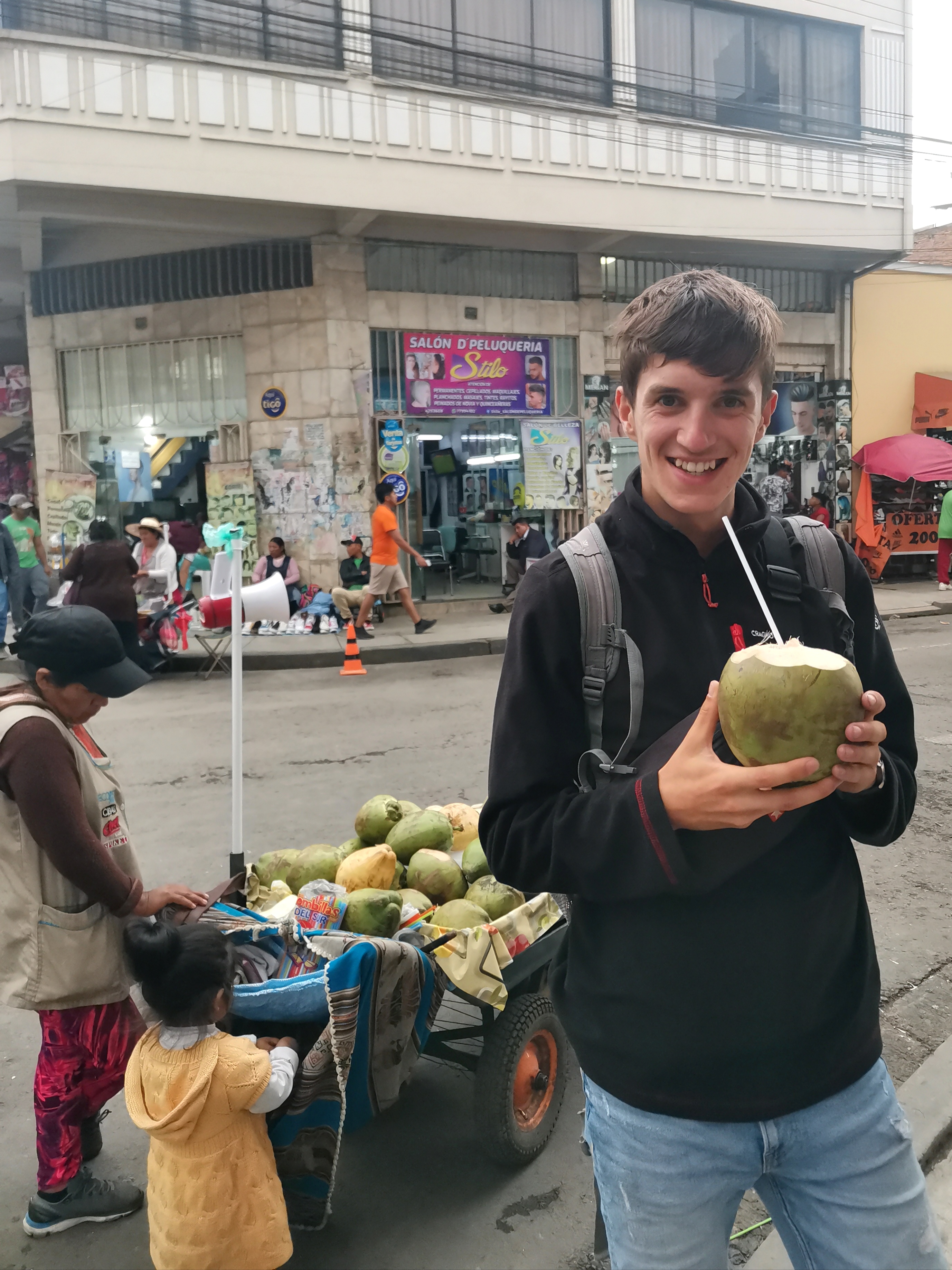
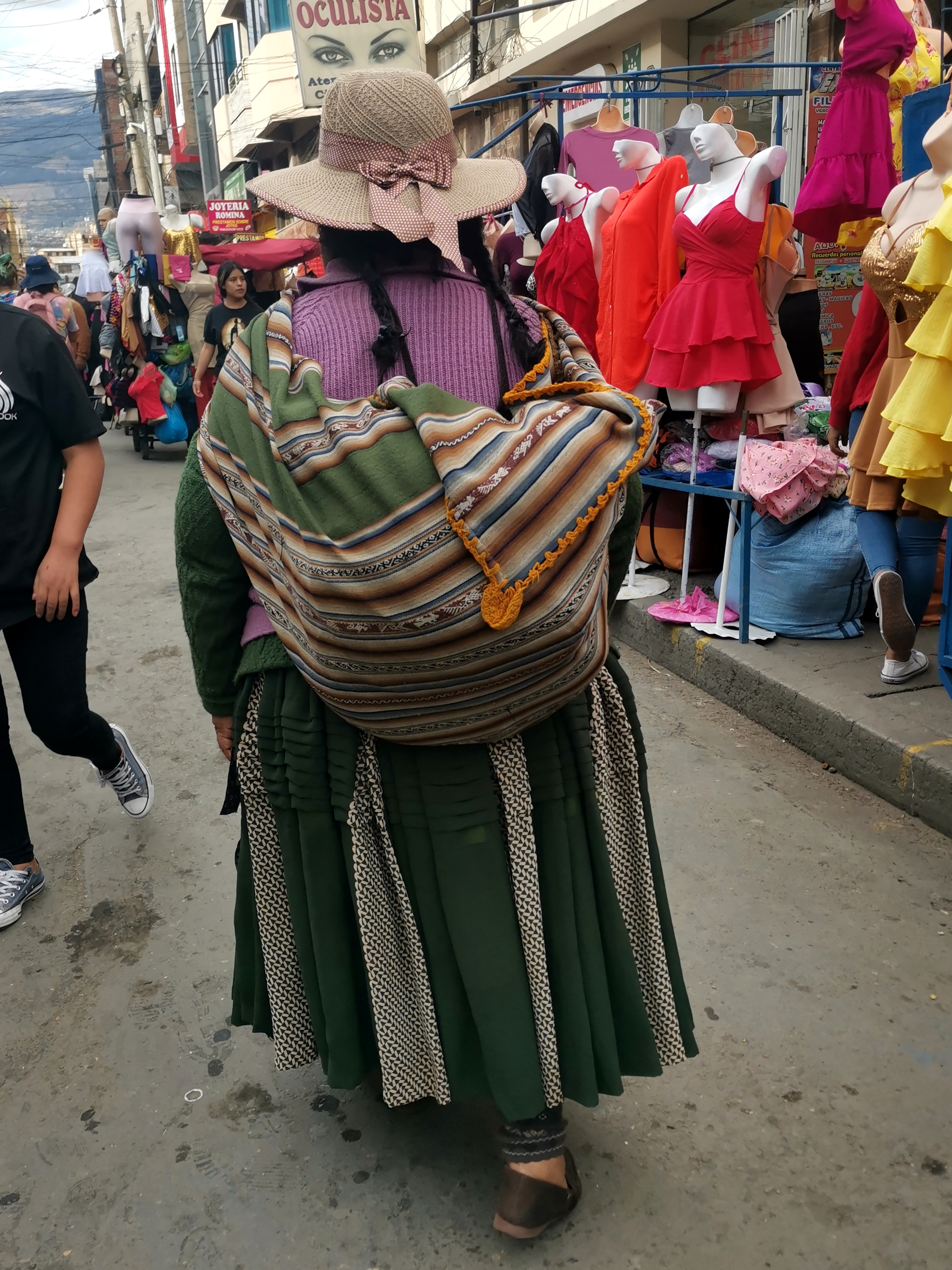
Cochabamba is still a 2-hour drive from Torotoro via colectivo, so it is best to spend a night in Torotoro rather than trying to visit as a day-trip. Although the recent online blogs scared us by describing the drive to Torotoro as a torturous 3-hour journey over hideously bumpy roads, these days it takes just 2-hours and the road is in pristine condition (it was so new, they were still painting the markings on it in towards the end). The colectivos cost 35BOB (~£4) and left from the corner of Av. Republica and C. V. Grande, but they only leave when full, so be prepared to wait a while before you get moving.
Torotoro
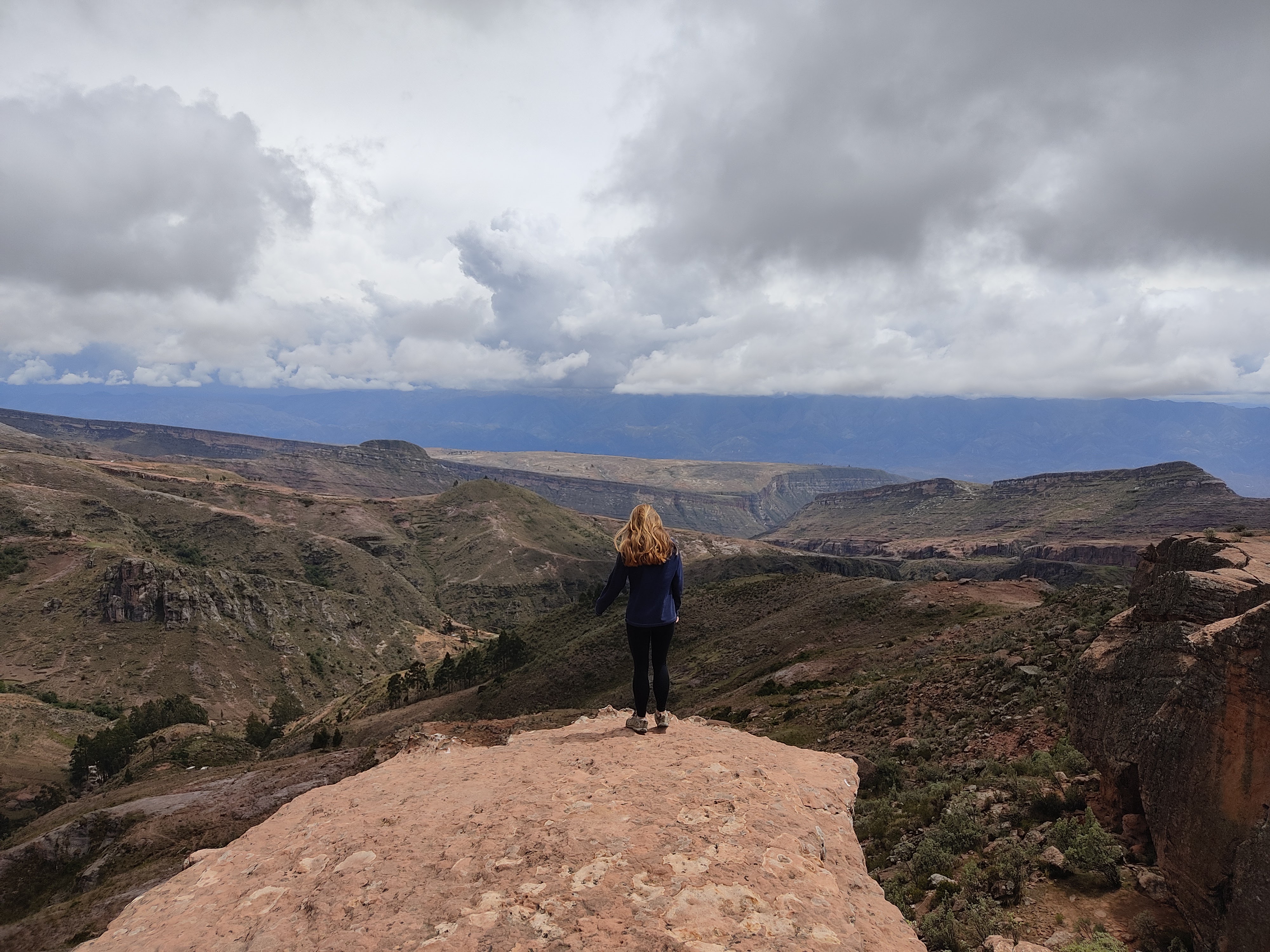
The tiny town of Torotoro is adjacent to the national park with the same name, where breathtaking landscapes and fossilised dinosaur footprints can be found. There is very little in the town itself, aside from a few hotels and hostels, but it has completely committed to the dinosaur marketing to advertise the National park. With life-sized model Pterodactyls and velociraptors in the town centre, and a T-Rex head protruding from the roof of the tourist information office, it felt like part of the Jurassic parkJurassic Park was actually the name of a hostel in Torotoro, and there are many other restaurants/shops with dinosaur-themed names. set. If nothing else, Torotoro certainly is unique!
Unfortunately, you can’t visit Torotoro National park without a tour guide, and you have to visit the guide’s house in the town centre and follow the strict procedureBefore you can pay for a tour guide, you first need to buy a separate entrance ticket to the national park, which costs 100BOB (~£11) and is valid for 4 days. Most of the guides do not speak English, but are very helpful and provide interesting information nonetheless. to hire one. The guides are available to start at either 8am or 2pm, and bizarrely you have to pay per guide rather than per person, with up to 6 people able to split the cost of a single guide. It is advised to arrive half an hour before to try and recruit the other touristsAlthough this should not be a problem in the high season, the town is very quiet in the low season and it was very hard to find people to join our group. to help share the cost, otherwise you will end up paying the 6-person total yourself. Additionally, not all tours are available in both the morning and afternoon slot, so you should have some flexibility in your plans to make sure you can see all the highlights. Despite all these caveats, the tours of Torotoro were thoroughly interesting and enjoyable, and we can't recommend a visit to this unique place enough.
Vergel Canyon Tour
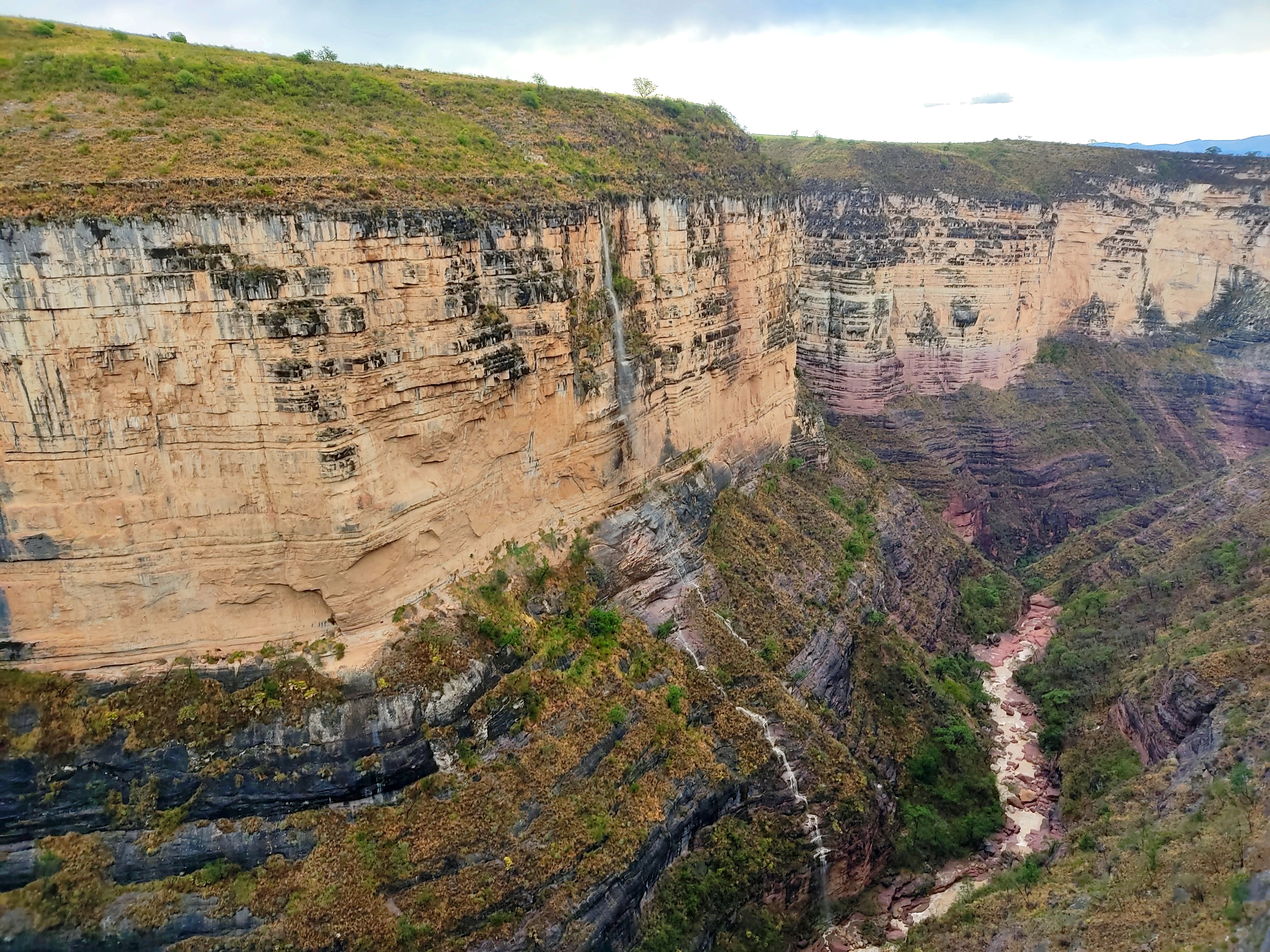
We ended up doing a modified version of the Vergel Canyon Tour, because the weather made the valley unsafe due to potential landslidesThe name Torotoro actually means 'mud mud' in Quechua. The park got this name because of how quickly the rocky terrain turns into slippery mud when it rains., however got a totally unique and unforgettable experience of this landscape. The first stop of the tour came after a short drive in the jeep. Here, we began walking over the huge open landscape. The rocky ground beneath our feet had many dinosaur footprints from 360 million years ago. We followed the long strides of extinct carnivores, as they ran across the plain, and found nests full of tiny prints made by baby dinosaurs. The footprints were made by the last dinosaurs, just before the great extinction. Back then, the ground had been mostly soft mud, easily moulded by these large feet, but after the asteroid hit the Earth and large animals ceased to exist, the footprints were allowed to slowly solidify into the solid rock today.
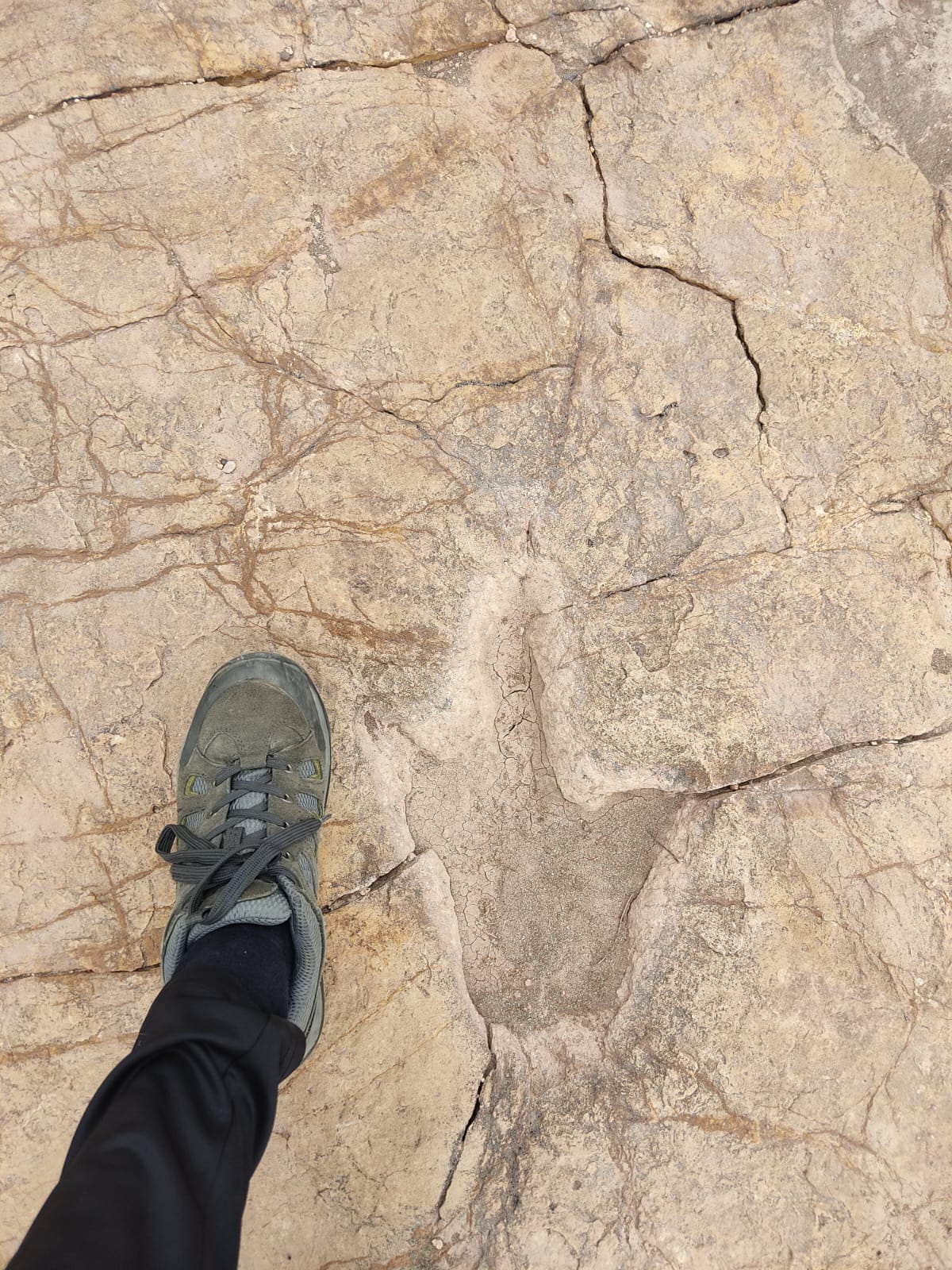
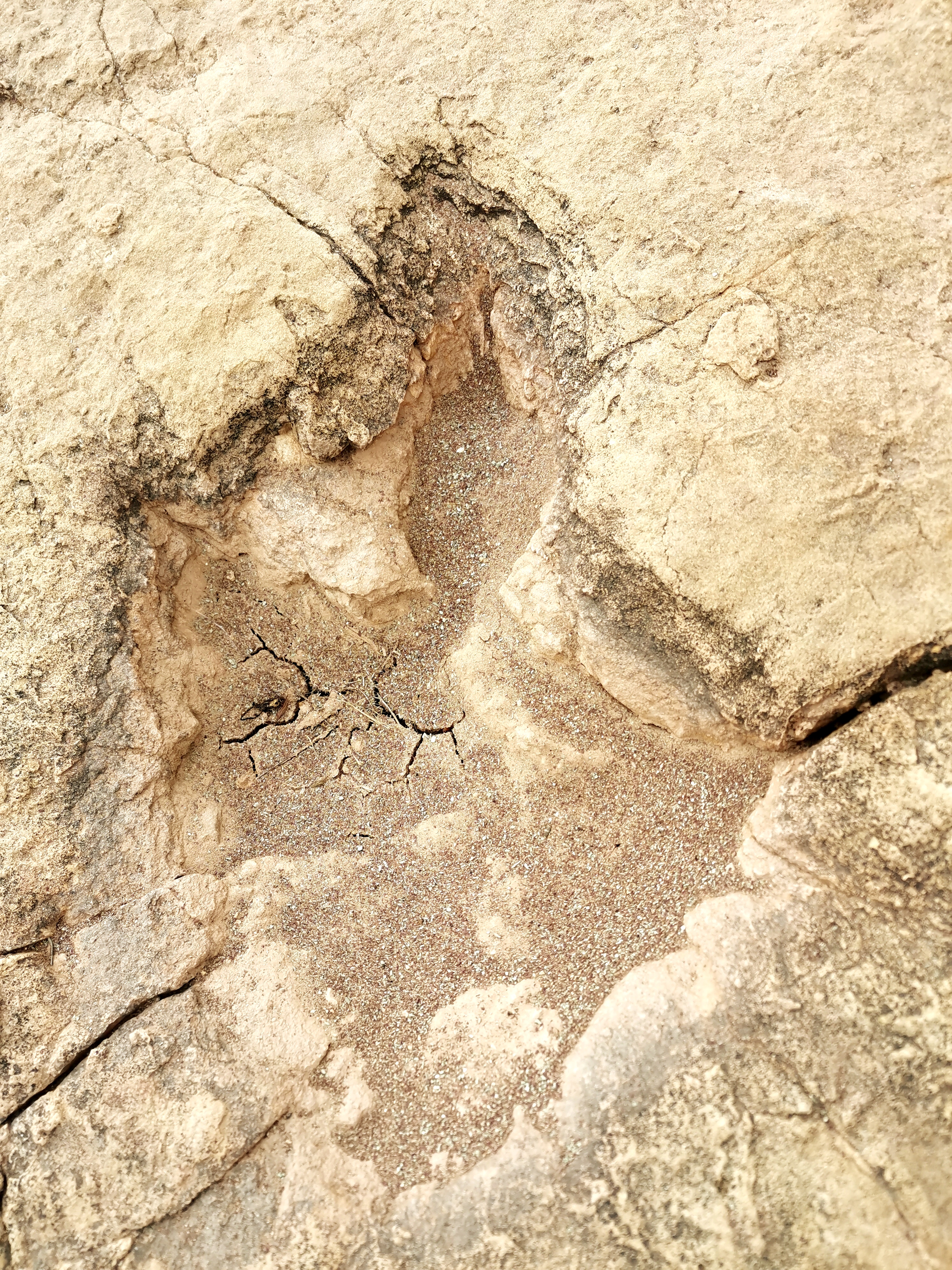
The tour also takes you down into a deep, steep canyon, made from stripes of brown and red rocks. As we explored, a huge storm rolled overhead, with rain hammering down and red, muddy pools beginning to fill the canyon floor. We sought refuge in a vast cave overlooking the valley, and as lightning illuminated the dramatic landscape and thunder roared all around us, the park began to feel quite apocalyptic. We then continued over the rugged (and now sodden) terrain, providing stunning views of the canyon.

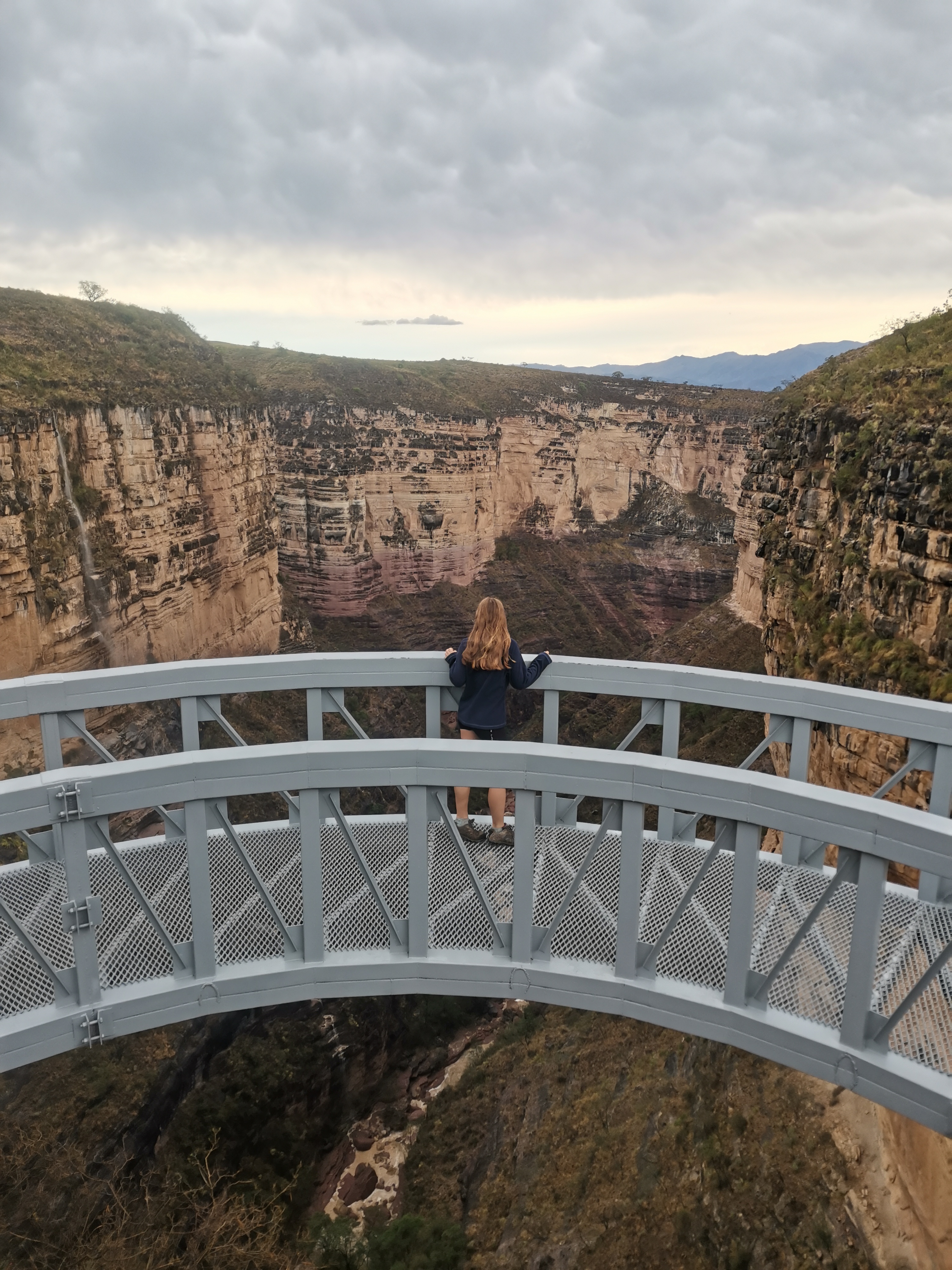
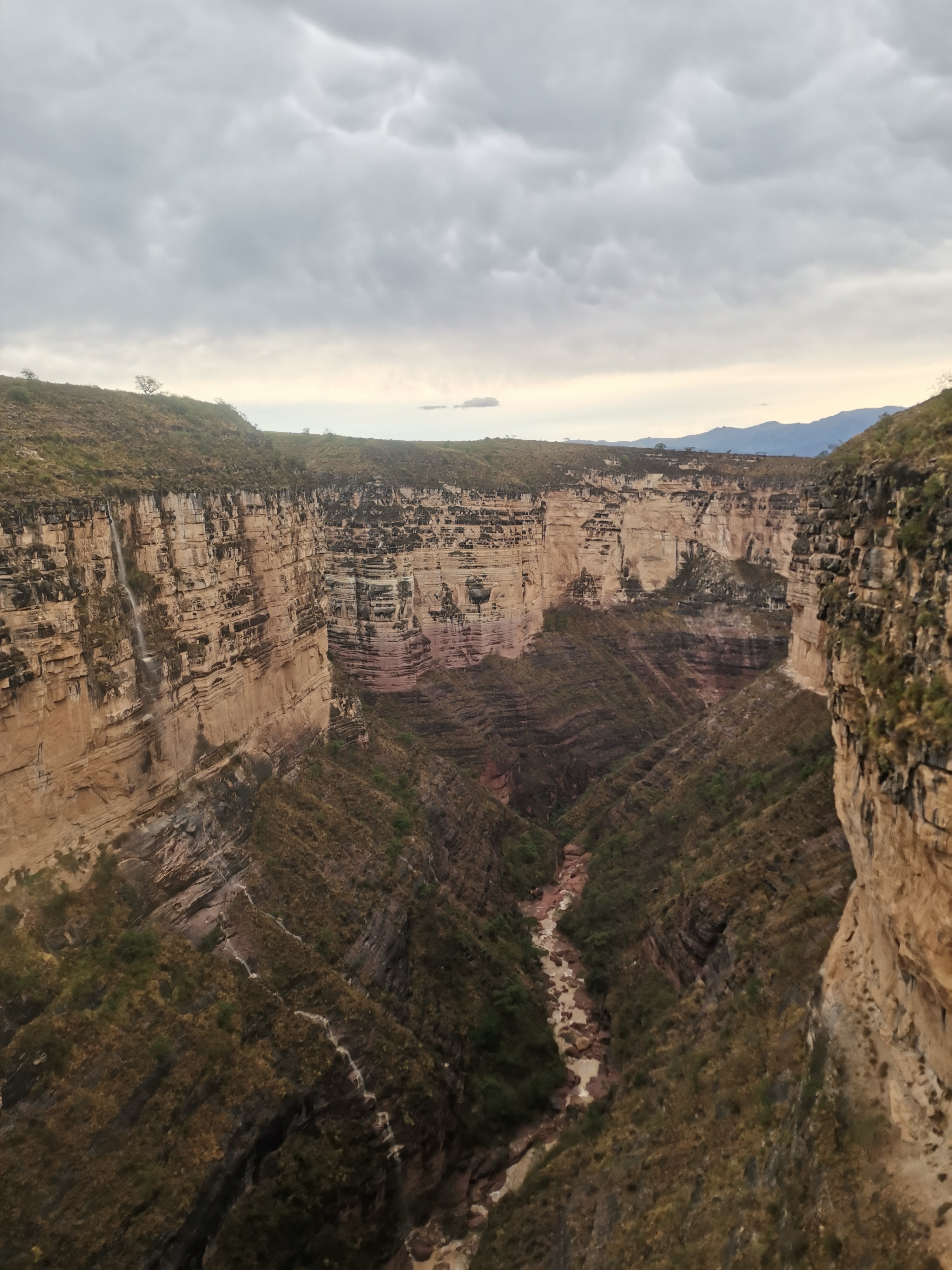
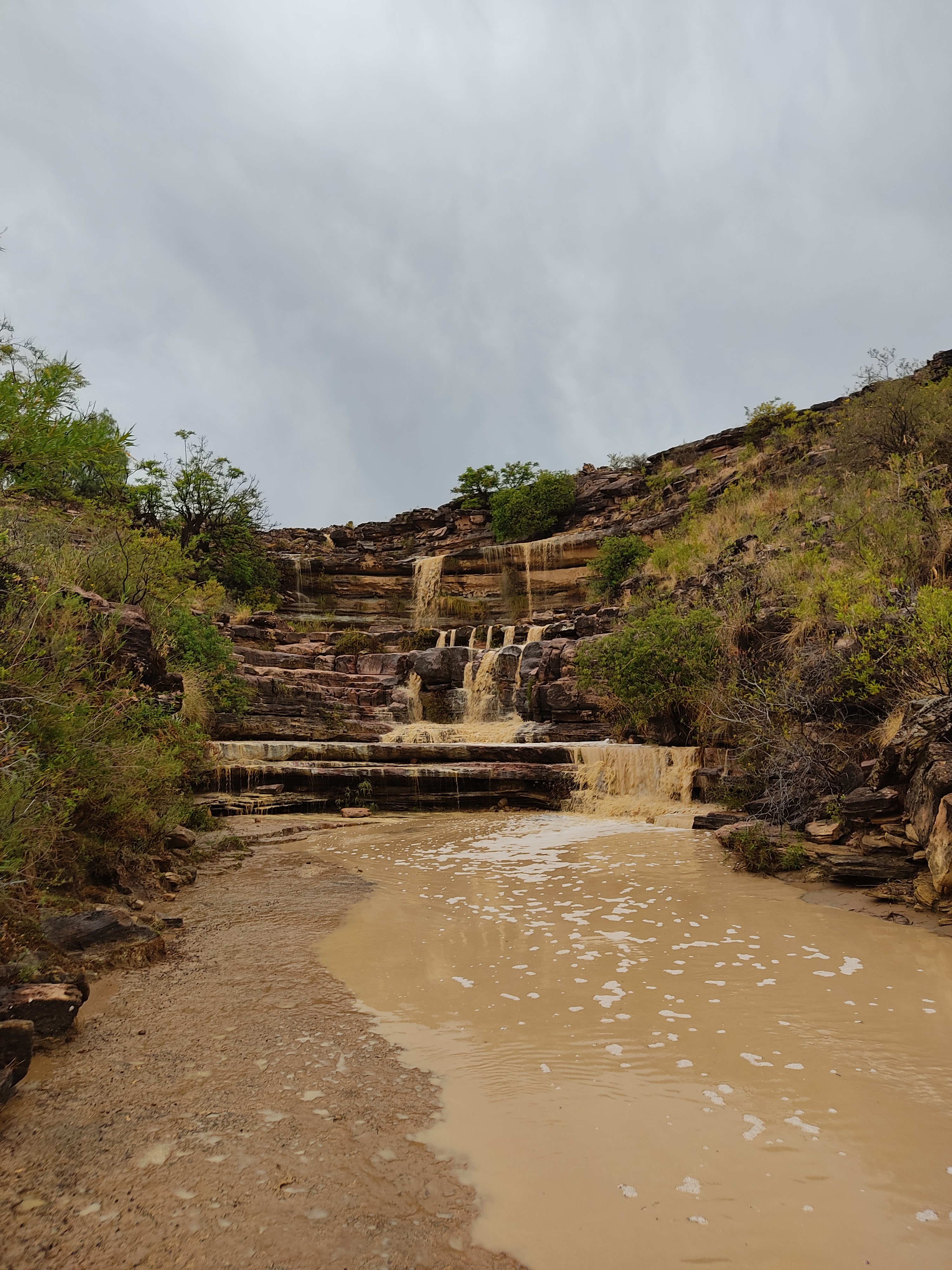
Ciudad des Itas Tour.
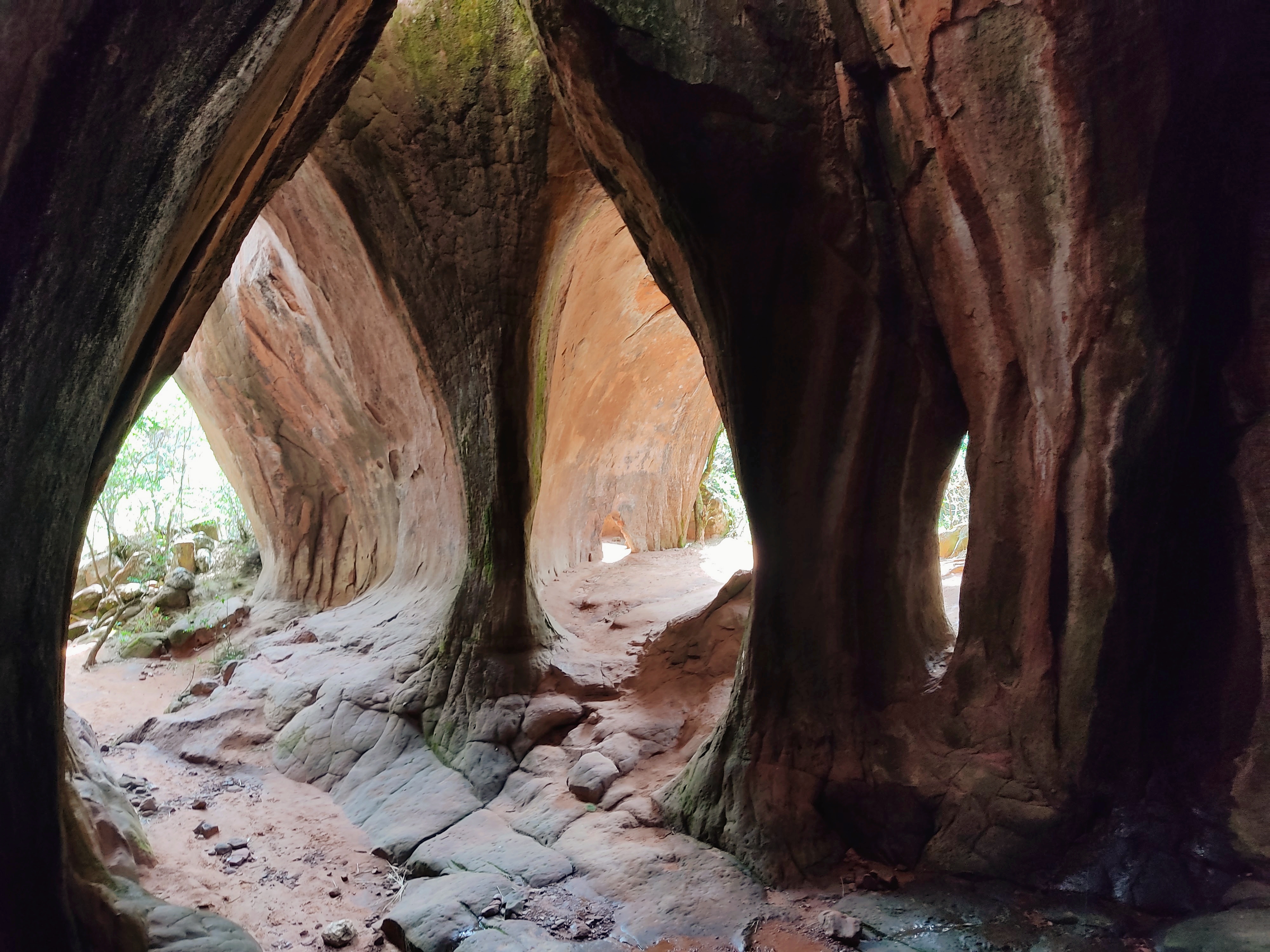
One of the more popular tours is the Ciudad des Itas, a set of unusual rock formations found deep within the park. To get to the ‘ciudad’, the tour crosses some vast and open spaces before you squeeze through narrow caves, which soon open up into massive underground chambers. When we went, the rocky precipices were surrounded by an eerie sea of fog, obscuring the magnitude of the drop below, where vibrant red rocks and green valleys periodically emerged from their cloudy shrouds.

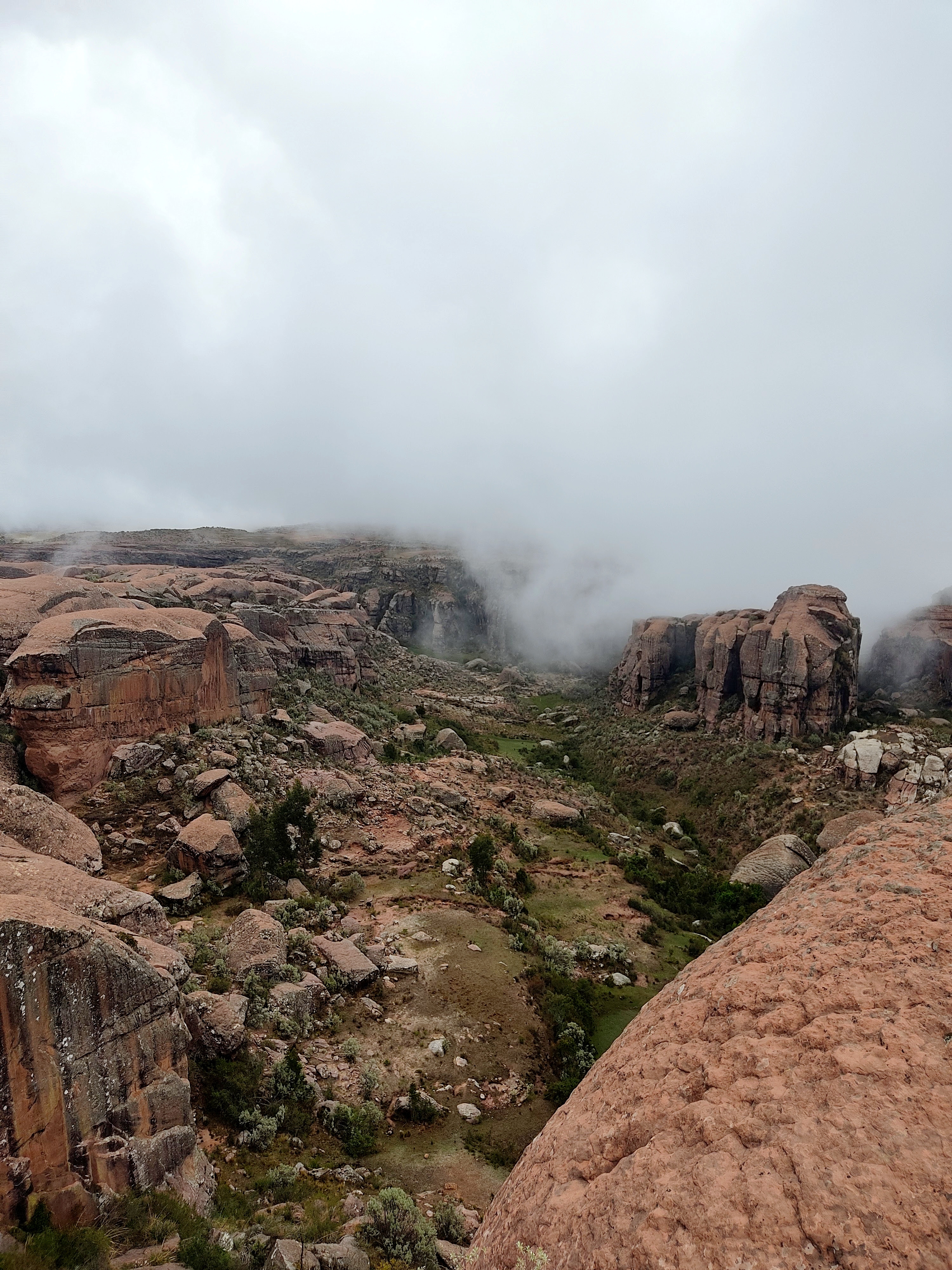
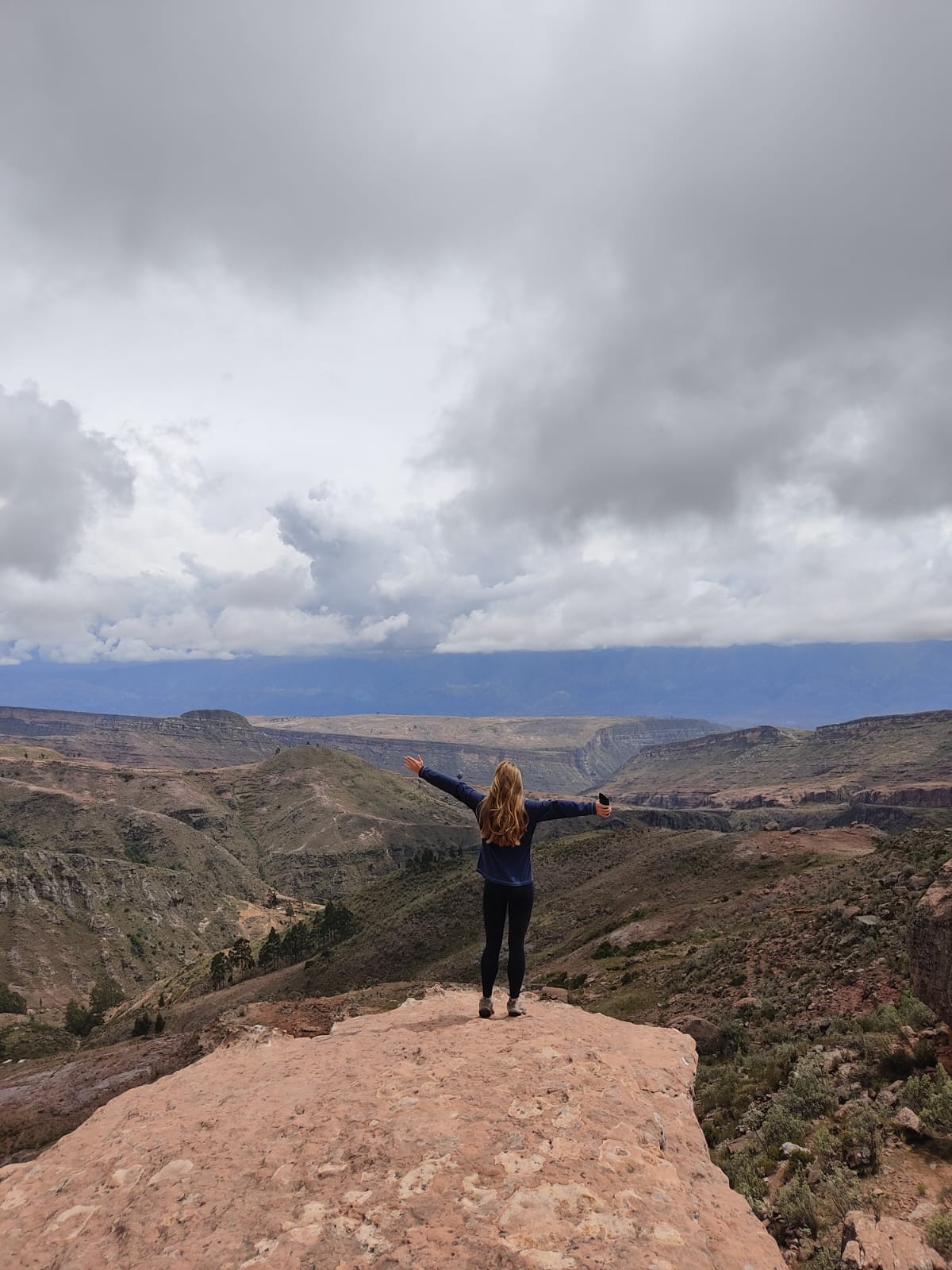
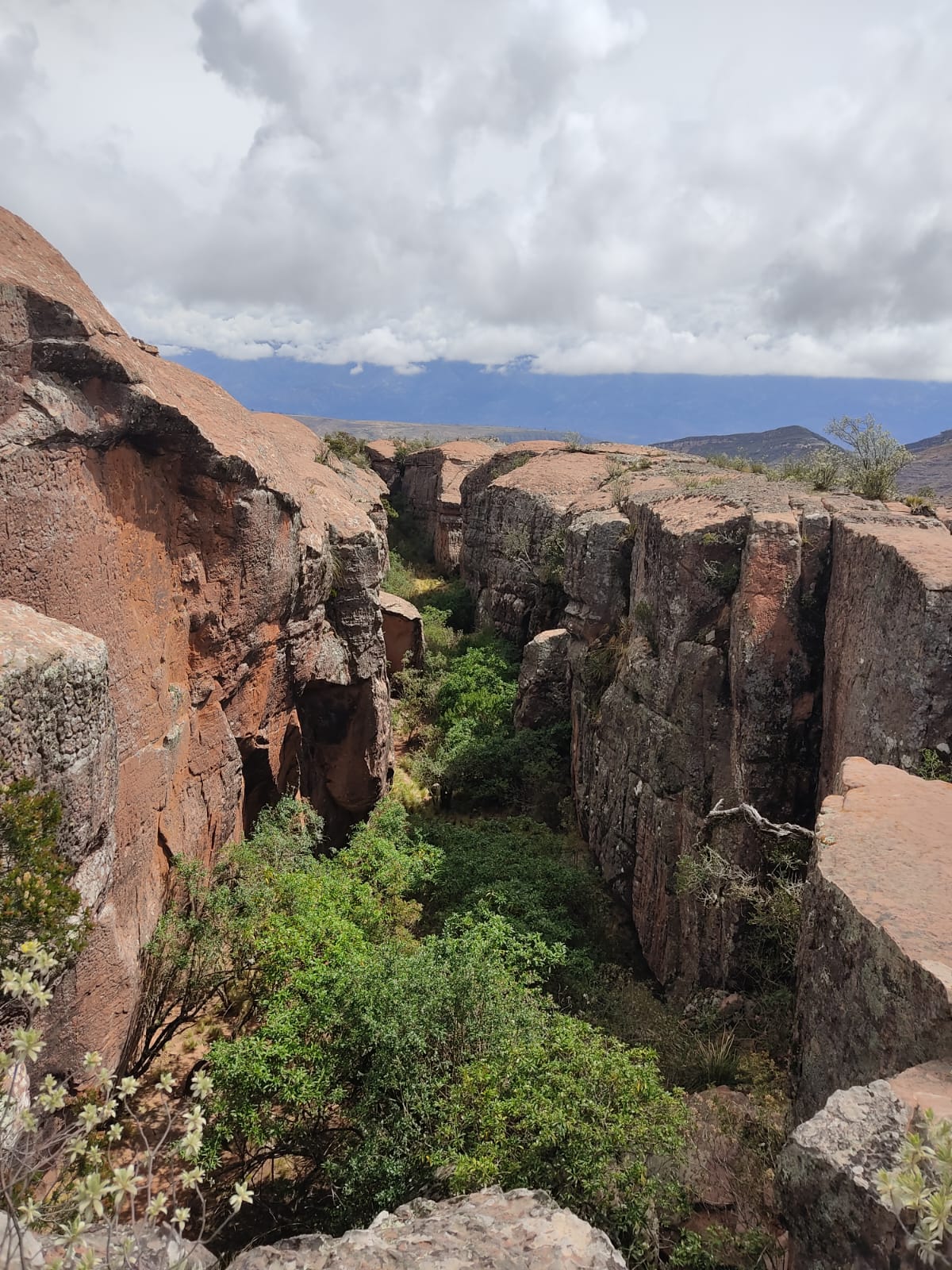
After traipsing through the stunning scenery, the tour finally reaches the Ciudad des Itas, which are a breathtaking collection of rock formations. From huge, empty chambers that catch the sunlight to illuminate colourful rocky walls to small, dark alcoves where pools of groundwater rise from below, the formations are incredibly diverse. Although there are countless nooks and crannies to explore, the highlight is a vast opening known as the cathedral. Apart from its unbelievable size and shape, the cathedral has numerous smaller chambers and secret passages around its edges. Although entirely natural, the formations in the ciudad des itas have an uncanny resemblance to man-made structures, prompting you to explore them from every angle.

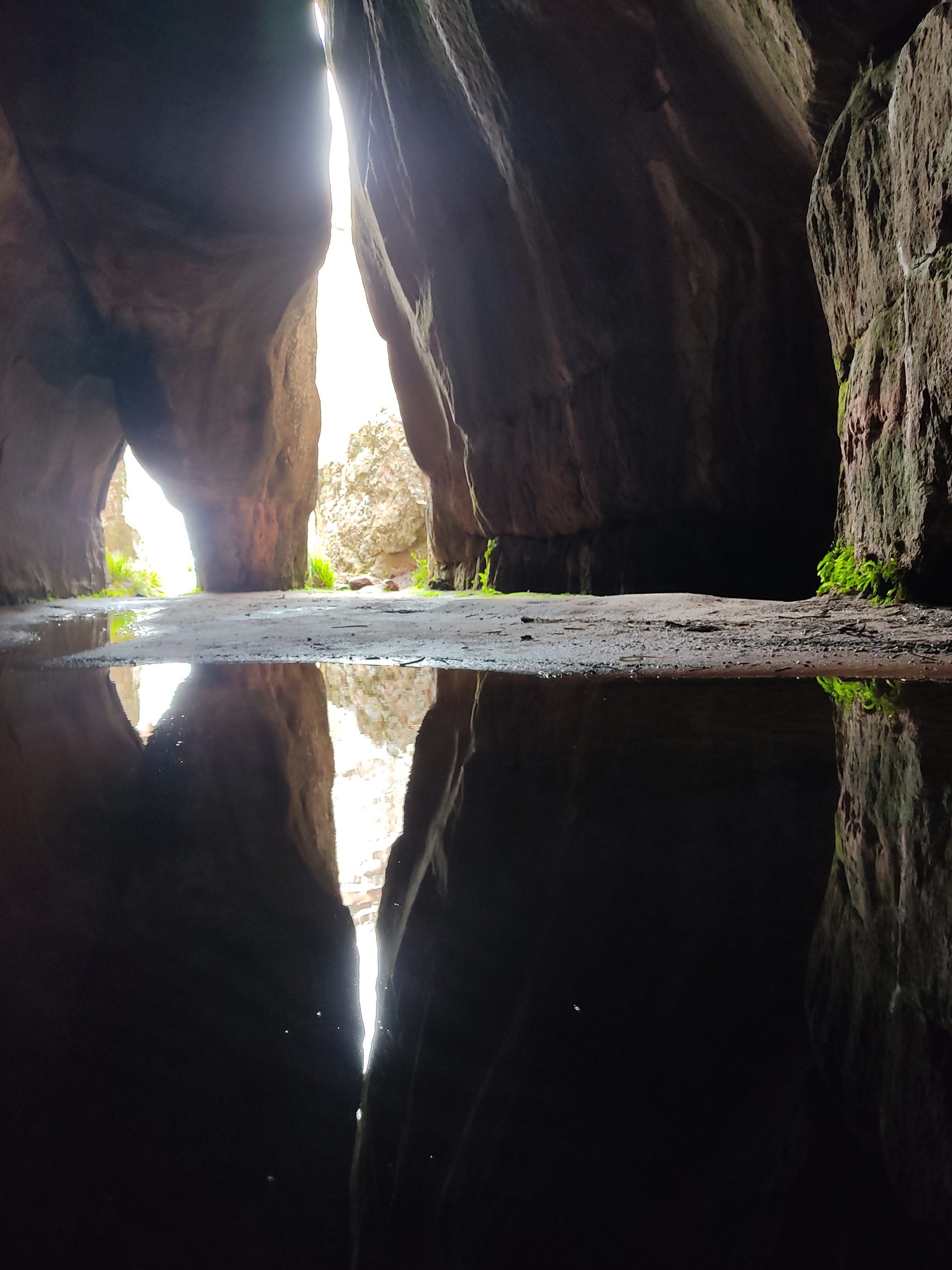
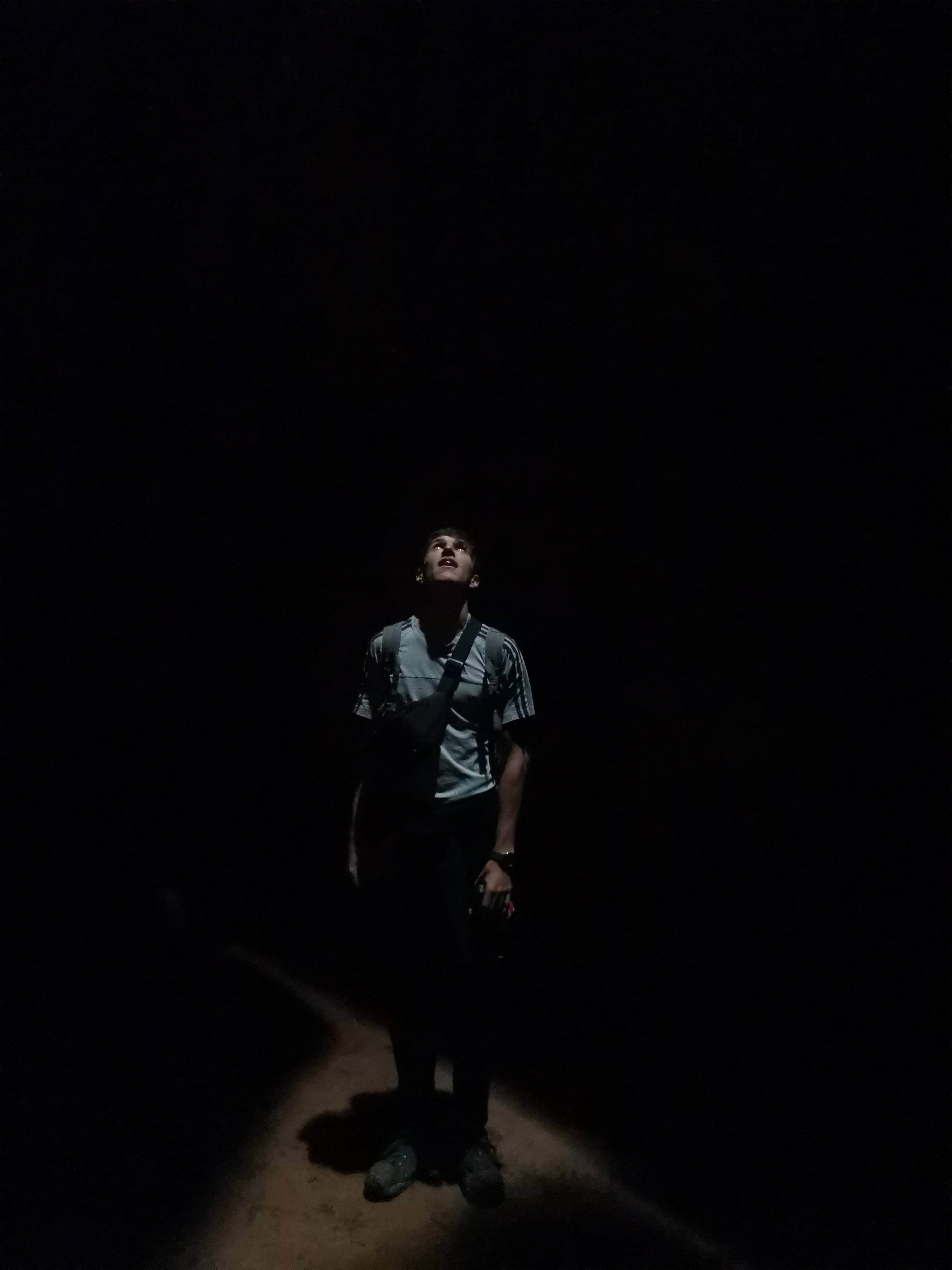
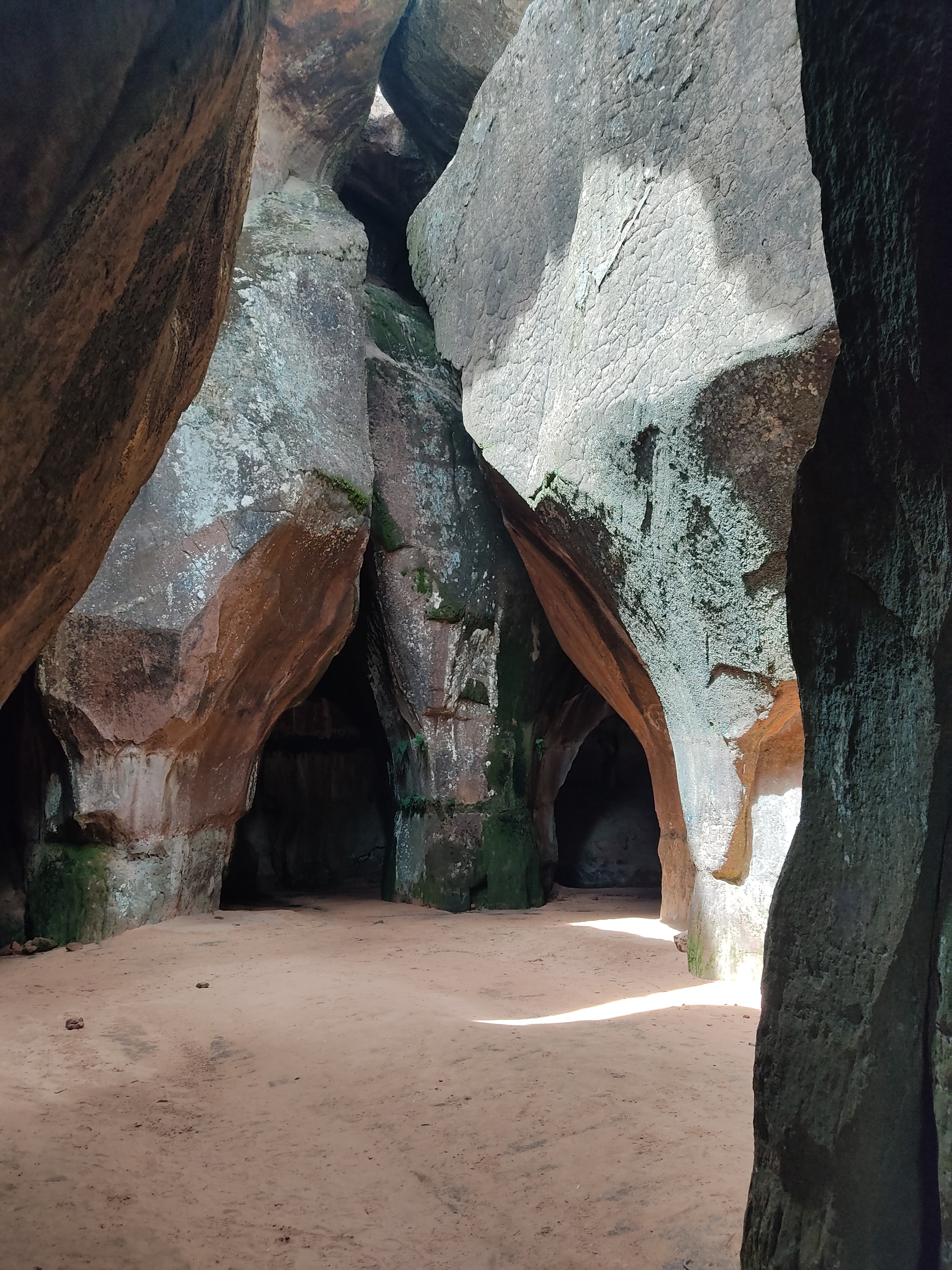
Before returning to Torotoro, we sat atop some high rocks, overlooking the landscapes below. The only sign of human life was a small farmhouse, with two young girls trying to herd their flock of sheep. Otherwise, the place was an untouched secret. The total cost of the ciudad des itas tour was 585BOB (~£67) for up to 6 people.
Overview
Torotoro national park is home to some truly amazing and pristine landscapes. Although it can be slightly expensive if you don't manage to gather a full group, exploring it is an absolute must for anyone visiting Bolivia. Furthermore, it can be combined with a trip to the lively and welcoming city of Cochabamba, which is full of Bolivian culture and sights to see.
Related.
24th March 2024
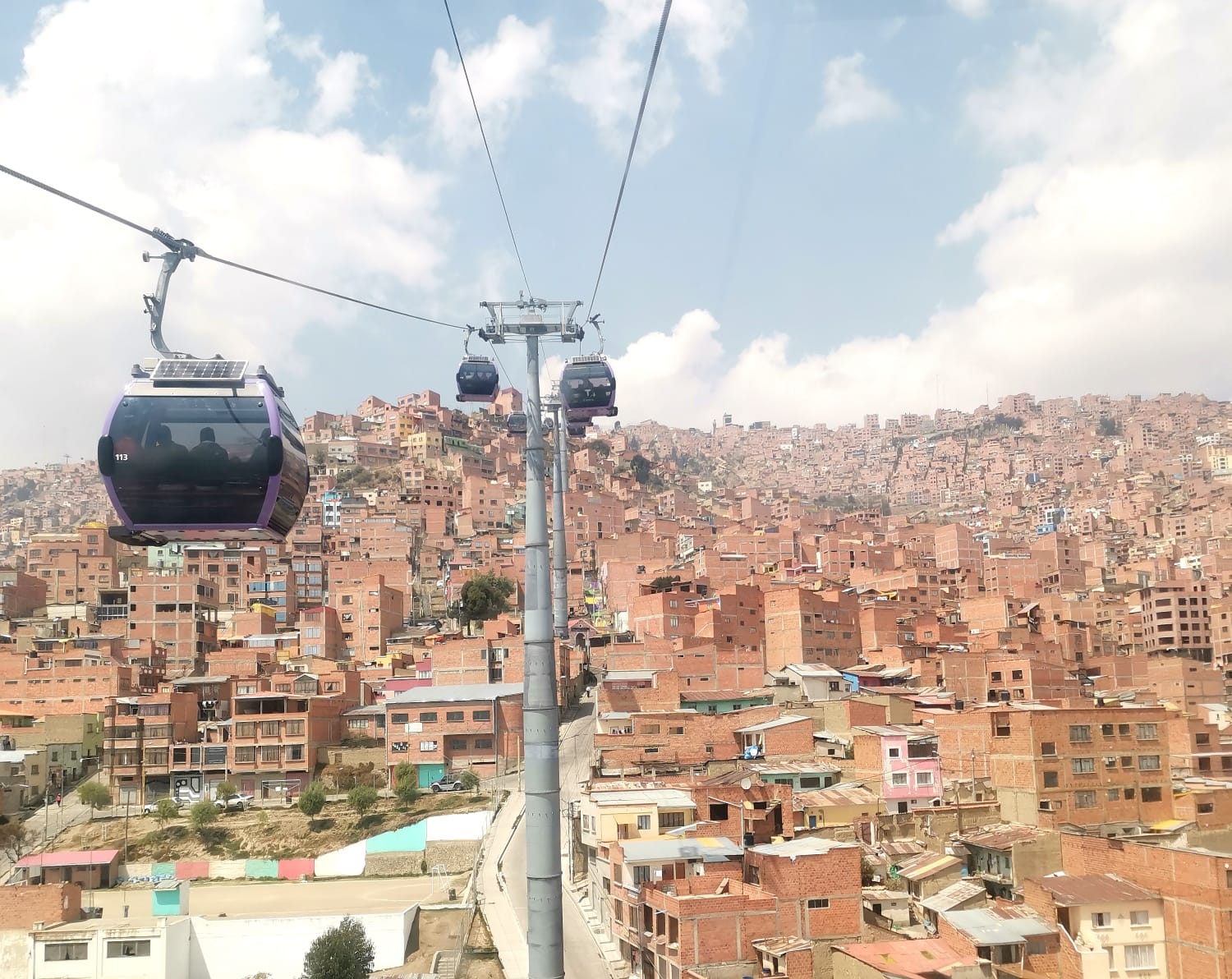
With so much character, La Paz is truly one of the most intriguing cities to visit in South America...
07th April 2024
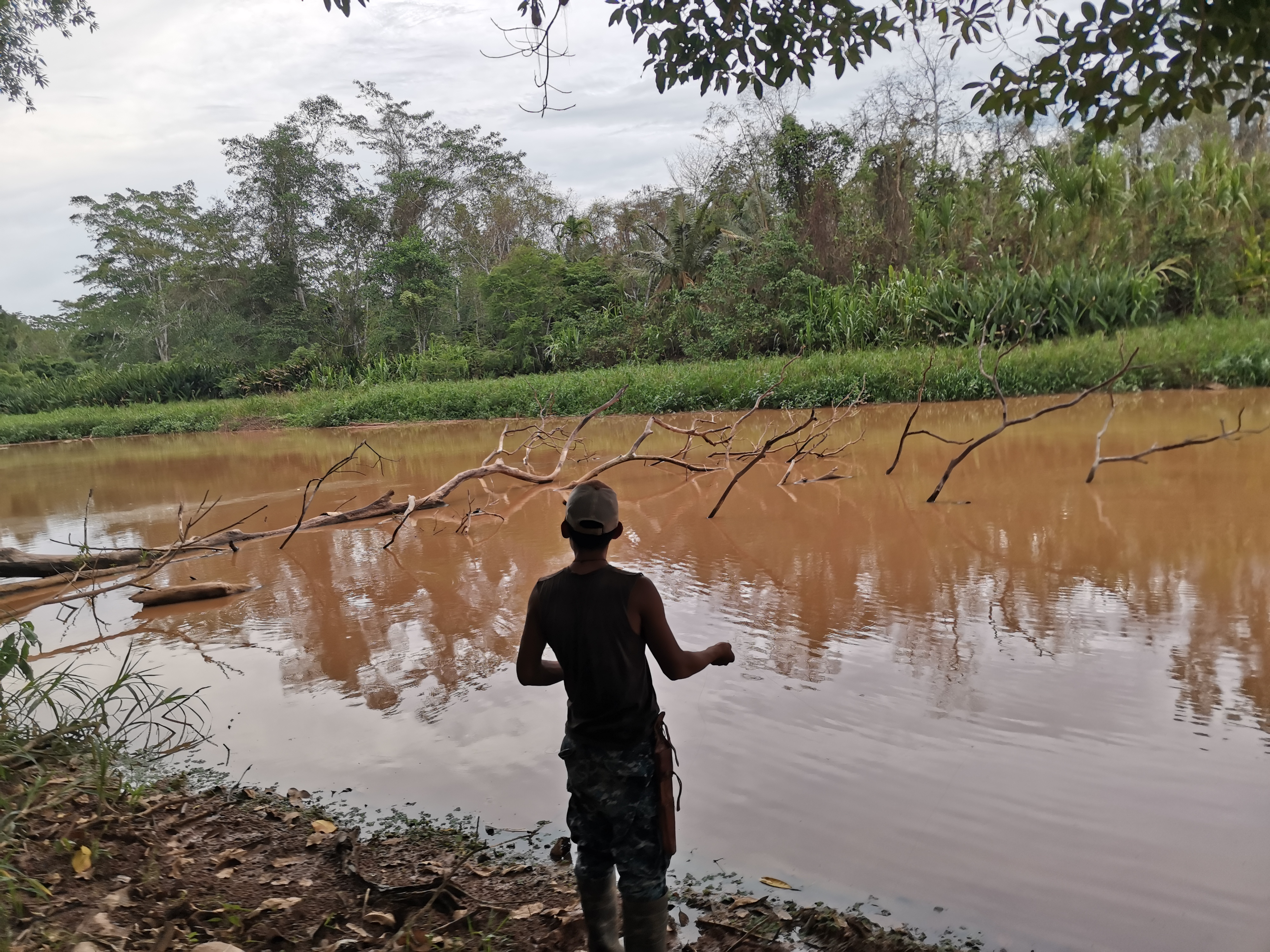
Although typically associated with Brazil, the Amazon rainforest actually spans 8 countries in...
23rd January 2024
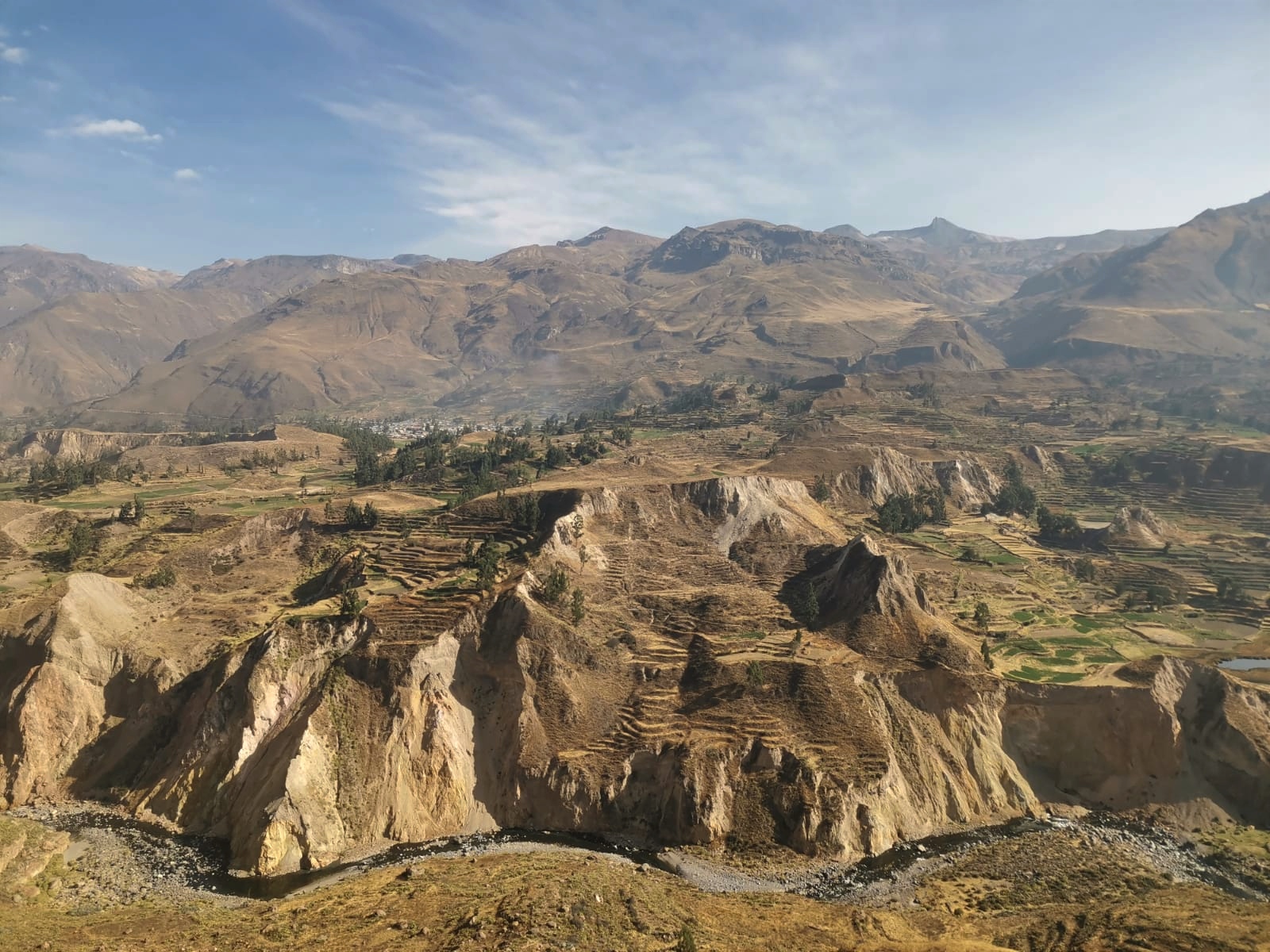
A few hours drive from Arequipa, the Colca canyon is a very popular hike for travellers in Peru. There...
29th April 2024
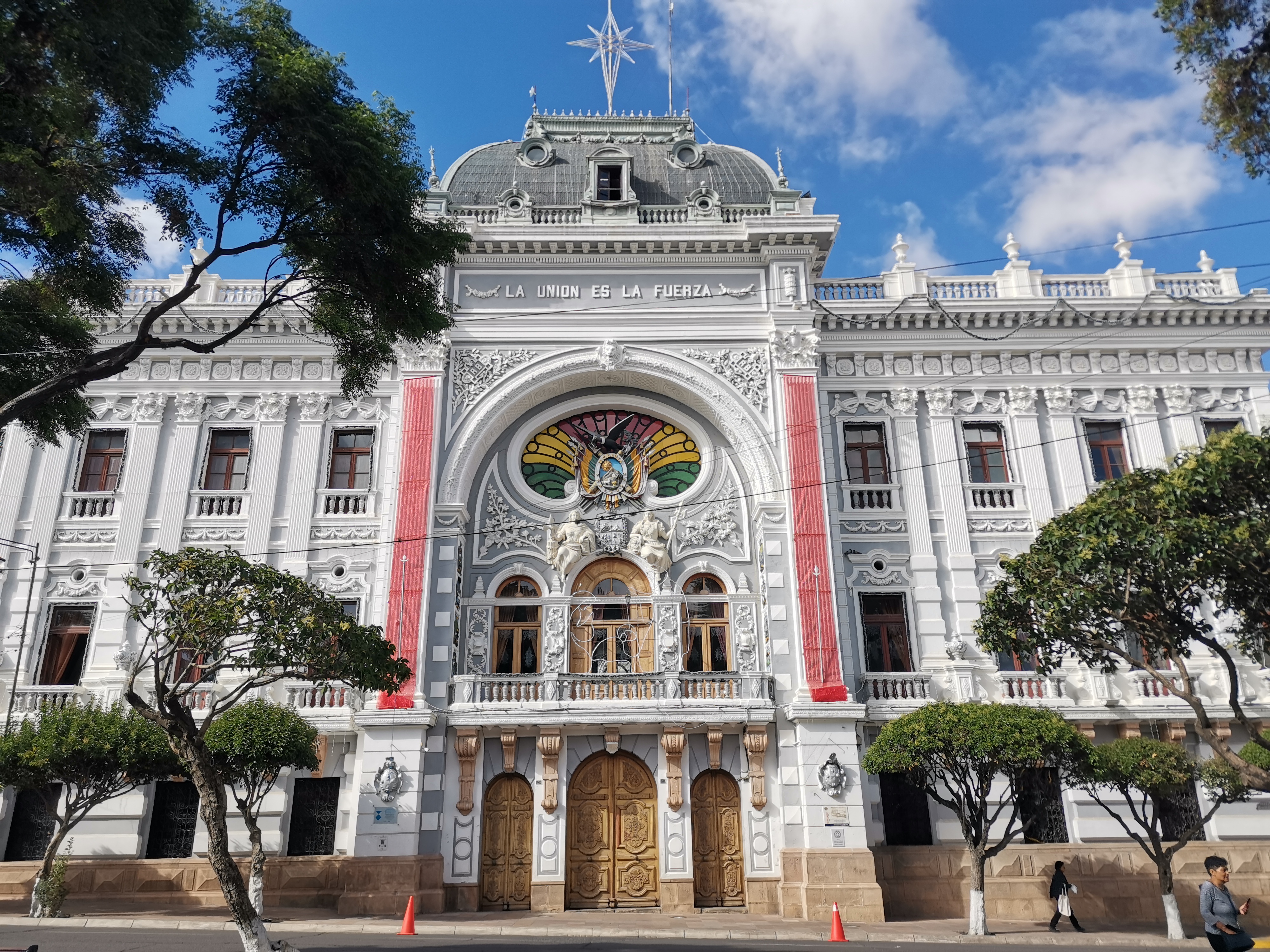
Sucre, also known as the White City, is not one of Bolivia's biggest or busiest cities. Despite...
